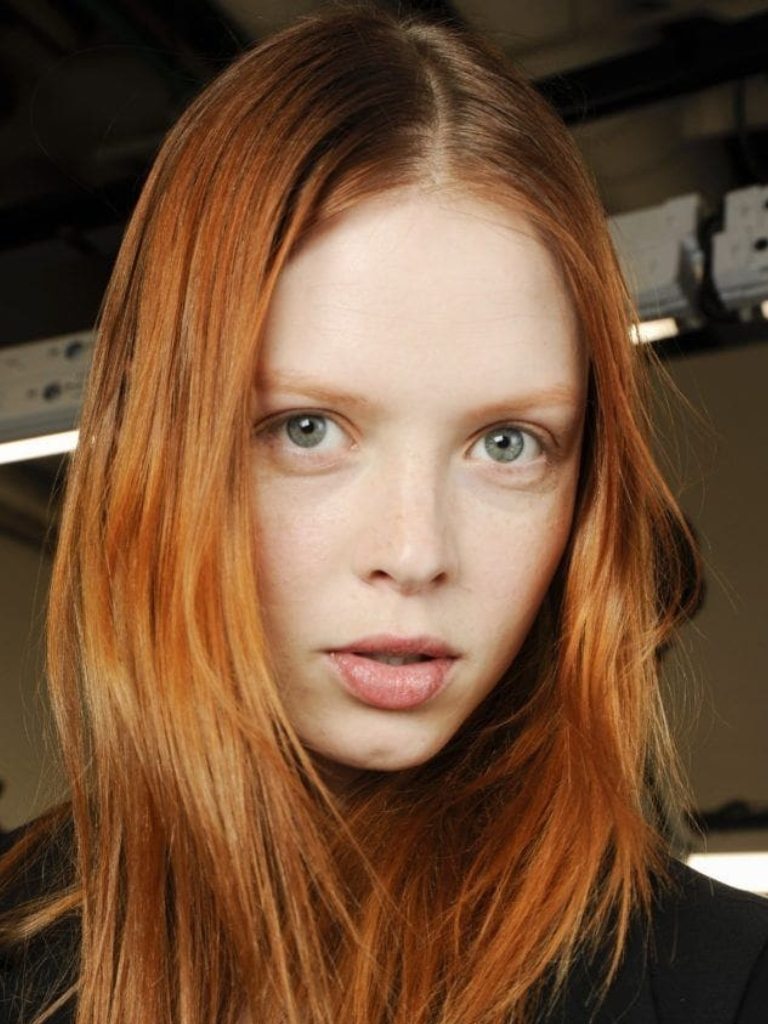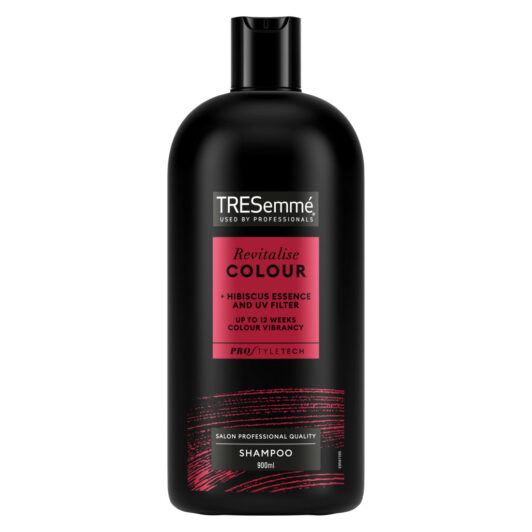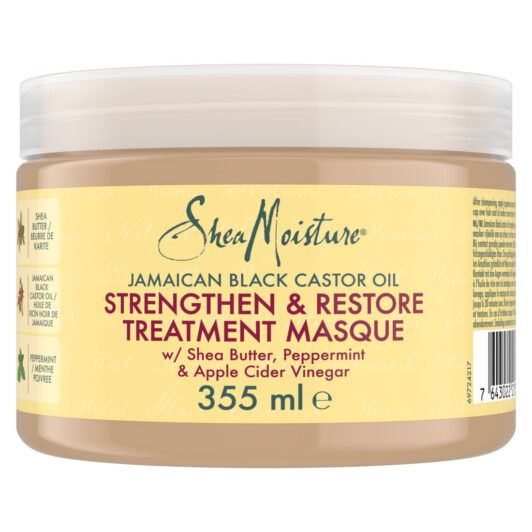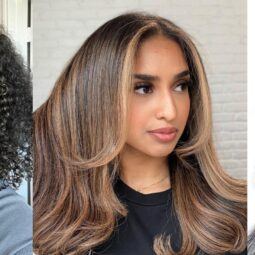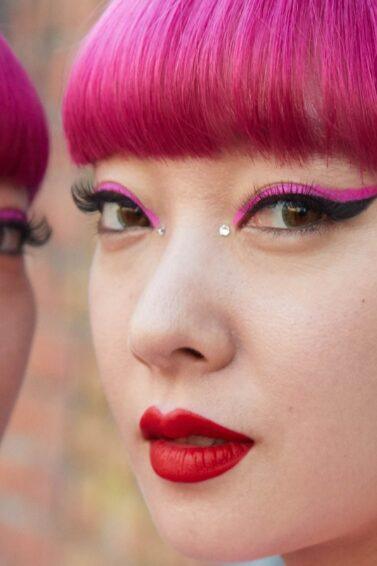
The Most Popular Questions About Semi-Permanent Hair Dye Answered
Whether it’s giving your natural colour a subtle new lease of life or an Instagrammable pastel hue that you’re after, experimenting with colourful hair requires a semi-permanent hair guide. Semi-permanent hair dye is a great way to try a new hair colour if you’re not ready to commit to a complete mane makeover, or you just want to add a hint of pigment to your locks for a festival.
Used to tint the hair with a colourful or slightly darker shade, temporary hair colour allows you to experiment with colour without making a lasting change.
Below, we break down the chemical processes of different dyeing methods (from temporary hair colours to bleaching) and reveal how to make sure your hair stays in its best shape, whatever colour you’re coveting.
How Long Does Semi-Permanent Hair Dye Last?
Depending on the type of dye used, and your hair’s condition and colour, a semi-permanent hair dye can last anywhere from 6-8 weeks, or on average 28 washes. How porous your hair is will also affect how long the colour lasts, with colour lasting much longer on hair that is especially porous (post-bleaching, for example).
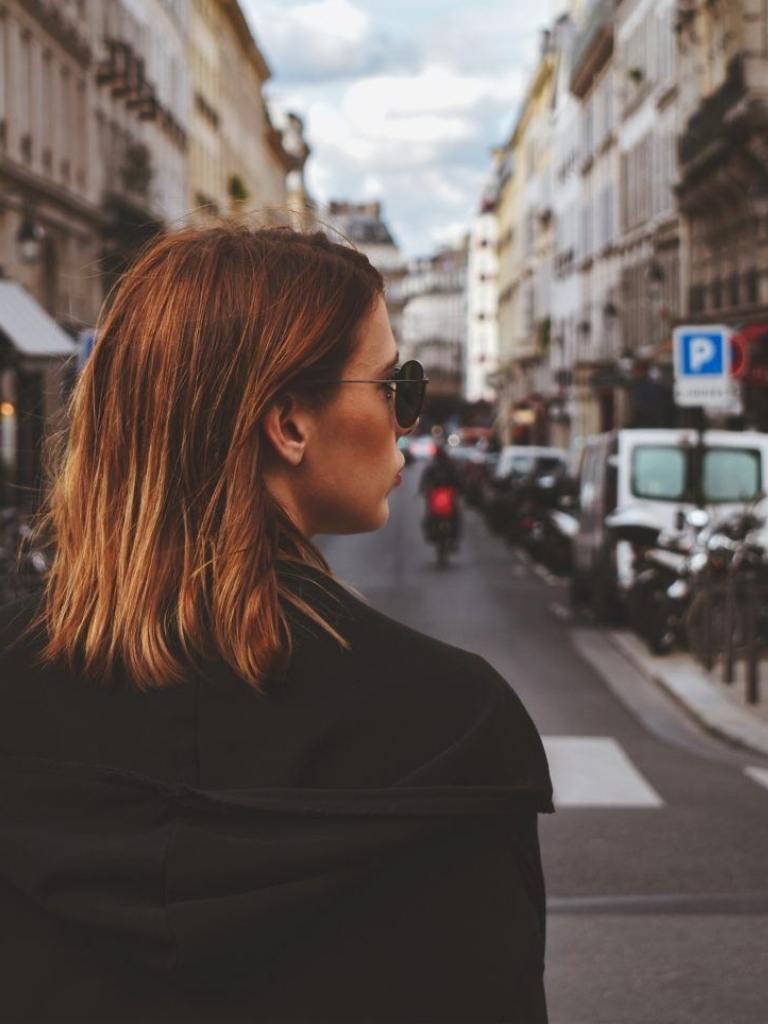
Credit: indigitalimages
What Makes Semi-Permanent Hair Dye Different to Other Types of Hair Colour?
Permanent hair colours work in two stages. First, the cuticle of the hair is opened up (using ammonia or bleach) and then the colour is deposited inside the hair shaft. Semi-permanent hair dyes only colour the hair at the surface level, coating the outside of the hair with colour.
Who Is Semi-Permanent Hair Colour Good For?
Semi-permanent hair dye gradually fades with each wash, so it’s is a great choice for anyone unsure about dyeing their hair. It’s also really convenient if you’re someone who likes to change up their look on the regular, as temporary hair dye is an easy way to try out lots of different shades.
If you’re ready to commit 100% to a new hair colour and don’t want it to fade, a permanent colour might be more suitable. Permanent colour is a great way to get a lasting, rich colour, especially if you’re trying to touch up roots or cover pesky greys.
Permanent hair dye – especially bleach – is made to last and generally will have to be grown out of your hair as your roots come through, rather than it washing out.
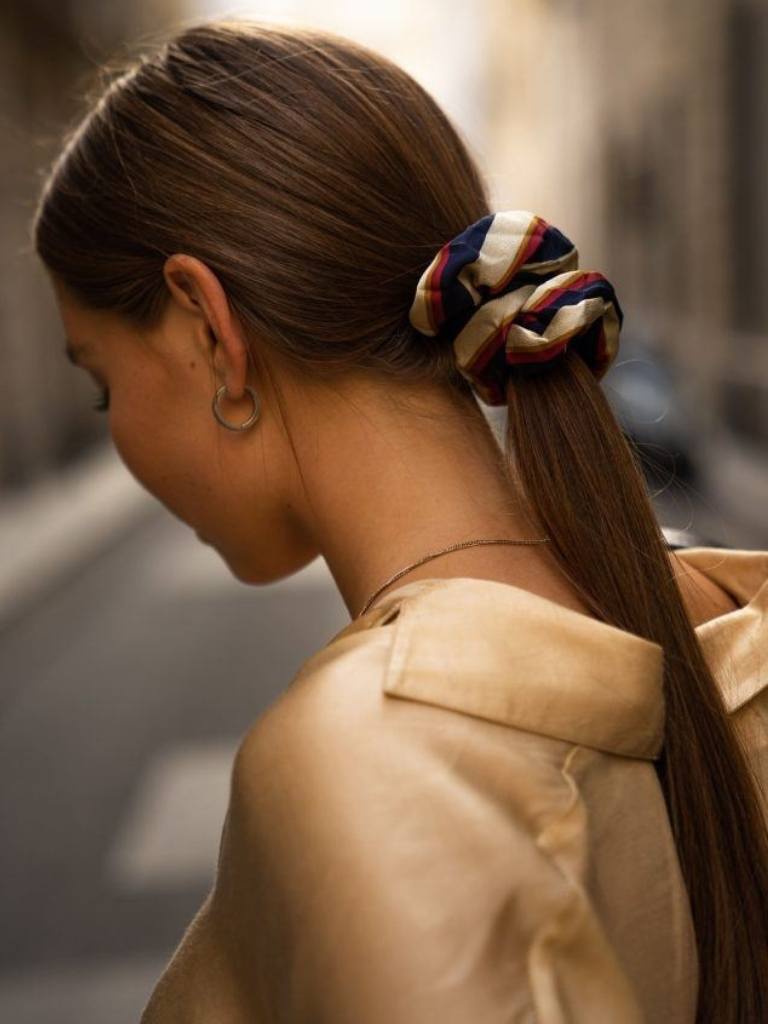
Credit: indigitalimages
How Do I Maintain Dyed Hair?
Wondering how to best care for your newly-dyed hair? There are a few golden rules when it comes to looking after freshly-coloured locks:
-
Pick a Colour-Care Shampoo and Conditioner
When looking after the condition and vibrancy of your dyed tresses, it’s important to add wash and care products that are designed for the job, like the TRESemmé Revitalise Colour Shampoo and Conditioner.
To decide which products deserve a spot in your shower, head to our ‘best shampoo for coloured hair‘ cheat sheet and pick the duo that are right for you.
-
Always Use a Heat Protectant
As the process of colouring is generally a chemical one, it’s important to treat dyed tresses with a lot of care. The first step? Applying a heat protectant to damp tresses before you even think about picking up a hair dryer.
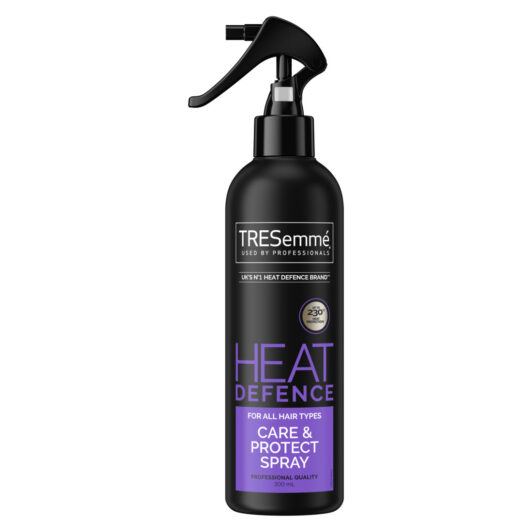
The TRESemmé Heat Defence Spray not only helps guard your strands against damage, it also helps detangle them – a huge bonus if your hair is feeling a little frizzy or fried. If you’re still puzzled, check out our guide to the best heat protectants for every hair type. You’re hair will thank you, trust us.
-
Hair Masks Are Your BFF
According to Peter, “chemically treated hair is way more fragile than non-chemically treated hair. Whenever the hair is washed, detangled and styled, the chemically treated hair is more likely to lose more cuticle cells from the outside of the fibre.” This leads to increased chances of breakage and split ends.
To help combat this, use a range that is designed to help counter the appearance and feel of coarse strands.
How Often Can You Dye Your Hair? An Expert Weighs In.
While it can be tempting to swap from one hair colour to another on a whim, dyeing your hair can have a serious effect on how healthy or damaged it looks. We recommend waiting at least 6-8 weeks between dyeing to keep your hair in its best shape.
“Whenever you bleach, dye or chemically straighten your hair, you are causing significant damage to the fibre structure,” warns Peter Bailey, Unilever Global Technical Manager, Hair Care, “All of these chemical treatments involve breaking a large number of the di-sulphide bonds which are the chemical bonds that hold the protein strands together.”
This effectively breaks down the hair fibre, leaving holes in the cortex and cuticle, making it more porous. As a general rule, the more porous hair is, the more dry, coarse and damaged it can appear. So if you want to maintain healthy-looking tresses, try colouring them less frequently.
“The more you colour your hair, the more protein you are losing from each individual fibre, making your strands difficult to comb, style and maintain, with an increased likelihood of split ends and breakage.”
If you’re looking for a chemical-free alternative, natural dyes like henna can give you a strong colour (depending on your original shade), without disrupting the hair fibre.
To help visibly repair the hair, scroll down for our curated product recommendations and hair repair techniques.
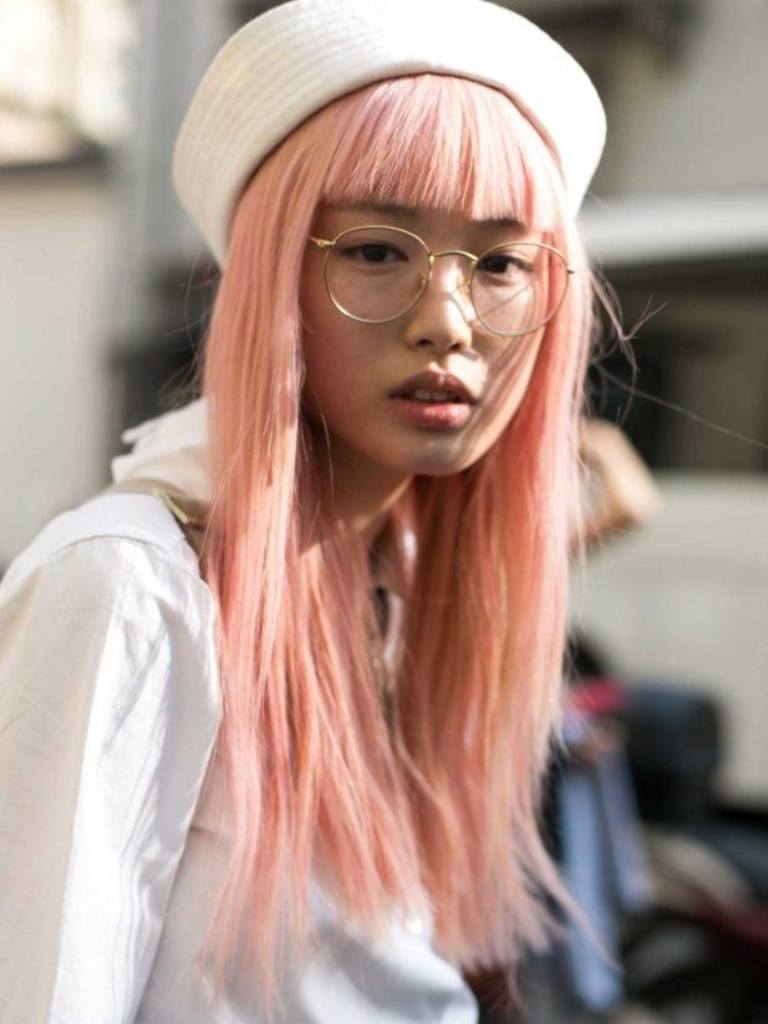
Can Semi-Permanent Hair Colour Lighten Hair?
Semi-permanent hair dye can add vibrancy and dimension to the hair, but it can’t make hair any lighter as it doesn’t contain any bleach or high-lift tints. Bleaching hair involves using chemicals to strip the hair of its melanin, so that it appears lighter in colour. Bleaching is a permanent hair dye solution and cannot be washed out.
So, if you’re not sure you’re ready to take the plunge, speak to your hairstylist about the alternative options available to you. The same is true for highlights, balayage and ombre. All of these processes involve lightening the hair, sometimes with bleach or high-lift tint depending on your base hair colour and desired outcome.
The hair needs to grow out any bleached sections but, if you want to backtrack on lighter locks, you can use a permanent or semi-permanent hair dye over the bleach. So, if needed, how soon can you re-dye your hair? As and when your colourist recommends would be the best course of action.
Whatever lightening technique you choose, it’s important to think about the hair damage implications that come with bleaching. According to Peter, “the chemical process inside your hair fibre breaks a number of the structural protein bonds leaving your hair brittle and more prone to damage.”
What Other Non-Permanent Hair Colouring Options Are There?
At-home box dyes and in-salon services aren’t the only way to try out a temporary hair dye. Fancy trying out blue hair dye for festival season this year? No problem! Try one of these other wash-out hair colour methods for an even easier way to makeover your mane.
Colouring Sprays
Perfect for Halloween, colour sprays that come from a can coat the hair in a layer of pigment but don’t offer a long-lasting solution. They usually come out with one wash but – if you have very fair or porous tresses – be warned as they can stain the hair.
Hair Chalks
Can you dye your hair twice in one day? Yes, if it’s with hair chalk.
Perfect for summer or themed parties, hair chalks allow your hair to become a canvas for colour – without the permanent consequences. Most will fade as the day wears on as they only cling to the surface of the hair but it’s always important to read the instructions before applying so you don’t end up with any stains or surprises! How to repair and maintain coloured tresses.
